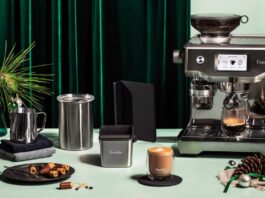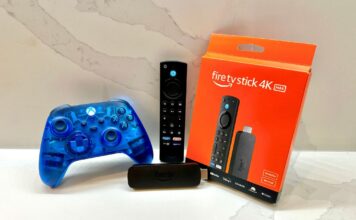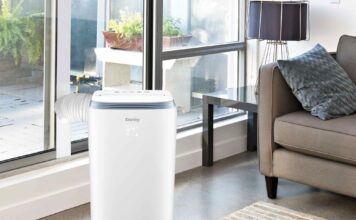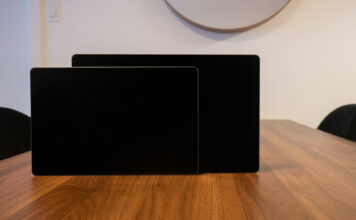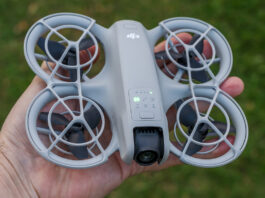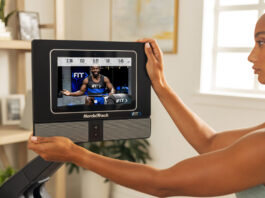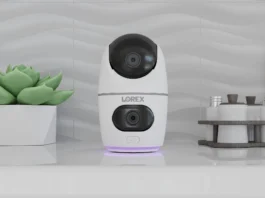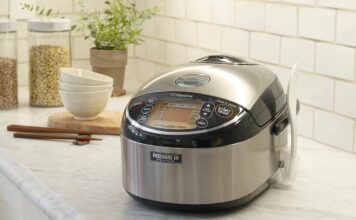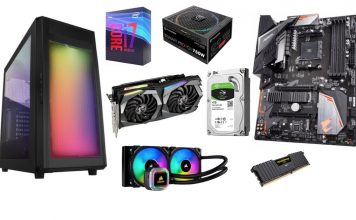
With a vast variety of designs, features, brands, sizes, and prices to choose from, trying to decide what tablet is right for you can be a pretty daunting task. There are lots of buying guides out there that focus right away on what specs to consider (storage, CPU, camera, screen size, etc.) and leave you to interpret the data they have provided. But when you’re buying any kind of consumer electronics we’d recommend answering a few simple questions first. The answers to those questions should give you a good idea of what kind of tablet is right for you.
How will I use it?
This should be the first question you always ask yourself whenever you buy any kind of technology. The challenge here is to think detail and think big picture; remember that it’s not just about what you want to do with the tablet as soon as you unbox it, it’s also about what you want to be able to do with it a year or two years from now. If you’ll use the tablet as your primary device to stream movies, TV and other videos on, you may want a tablet with a 10” screen or larger as well as a good CPU and graphics processo r like the Hipstreet W10 to be able to handle higher quality video and new video or streaming formats that may come out in the future.
r like the Hipstreet W10 to be able to handle higher quality video and new video or streaming formats that may come out in the future.
Will you use it for work, personal or both? If you plan to use it for work, you should consider a tablet that can multi-task (the ability to move efficiently between apps on the device) like an Android 5.0 based tablet, which has an easy to navigate interface that shows you every app you have open and lets you jump to whatever one you want. For example you may want to consider a Hipstreet Pulse with a 9” screen and Android 5.0 (“Lollipop”) operating system, which introduced an easy to navigate interface that shows you every app you have open and lets you jump to whatever one you want.
If you’re someone who travels you want to consider weight and screen size as well – most people who travel for work will take a laptop with them, and if you are one of these people you may want a smaller device (7” or 8”) like the Hipstreet Vanguard 2 tablet so you can pack light but still have a device to access your videos, apps and games but not take up a lot of space in what is probably an already packed carryon.
If you can create a list what you want to do with the tablet, it can go a long way towards ensuring you purchase something that will do what you need it to do.
What other devices do I use?
It’s all about the ecosystem. Use an iPhone? You may want to consider an iPad to connect your Apple account and access things like music, apps and movies on both devices. If you use Google on your PC or phone (especially if you’re an Android phone user), the seamless integration you get from Google across multiple devices is fantastic. Innovative apps like the ever improving Google Now creates a customized experience based on your habits and interests that is intuitive and incredibly useful. You should never be afraid to try new brands, new operating systems, and new technology in general – but when you find an experience you really like that works for you, it’s certainly okay to stay with it for a while.
What do others say?
Consumers have never had more access to information, and therefore more purchasing power, than they do right now. Independent, unbiased opinions are out there and you can find what average consumers think about things like a particular brand’s customer support, as not every company offers the same level of support and if you have an issue after you purchase, you want to know th at the company you’re dealing will be there to help solve your issue (just for the record, Hipstreet provides complimentary, best-In-class customer support 17 hours per day, 6 days a week!).
at the company you’re dealing will be there to help solve your issue (just for the record, Hipstreet provides complimentary, best-In-class customer support 17 hours per day, 6 days a week!).
So read or watch reviews. Talk to friends or colleagues. Check user ratings and comments on store product pages. Read social media feeds of brands you’re considering to see what users are saying about their experience. All of this helps you build a more informed opinion on the options you are considering, and it’s all easily accessible.
What is my budget?
This question is really why there are buying guides in the first place, right? That said you should spend a little more time thinking about this because it’s more than just knowing the max price you’re willing to pay, it’s about trying to understand the value of a product vs what you are willing to pay. A good approach is first establishing a range of what you’re willing to pay – a maximum and a minimum price. There shouldn’t be a huge gap in your price range, the minimum should represent what you think would get you a product of acceptable quality and features. Having a price range helps define the scope of tablets you can evaluate. Next, after you’ve answered the previous three questions in this article make a short list of your “must-have” and “nice-to-have” requirements. Then try and only evaluate tablets that a) fit into that budget range and b) meet your list of “must-haves” and as many of your “nice-to-haves” as possible as a way to help make a final decision.
If you can answer these four questions and combine it with a little bit of research, you should easily be able to find the right tablet for you, and of course you’ll always find a great selection of Hipstreet tablets and accessories at Best Buy for consideration as well!





